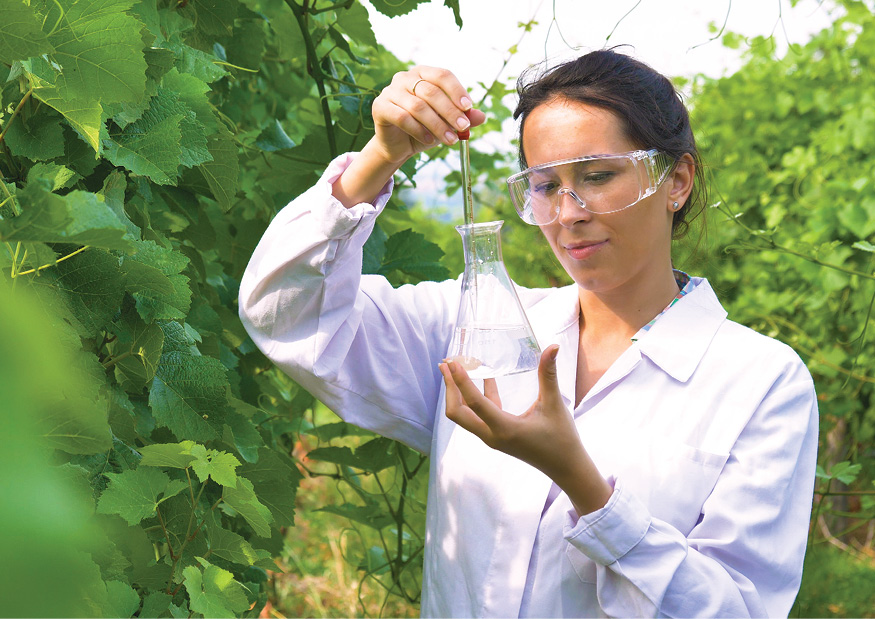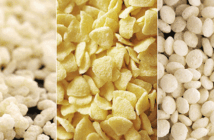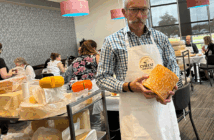La Trobe University is investing $205,000 in a project that will help Australia’s 2500 wineries deliver quality wine to consumers by turning smartphones into portable testing devices that can detect sulfur dioxide levels in wine.
ElecTrobe inventor Associate Professor Conor Hogan has used inbuilt audio functions of a mobile phone to make chemical measurements that are usually conducted in a lab, making testing faster, cheaper and more accurate than current methods.
The investment will help create a useable product to benefit Australia’s $6.6 billion wine industry, by helping it optimise the quality of wines during production.
Hogan has collaborated with La Trobe electronic engineer Dr Darrell Elton to invent the ElecTrobe, based on a method they call android voltammetry.
“The process works by plugging wires into the phone’s audio jack and tapping into the electronics that operate the phone’s microphone,” Elton says. “The wires are then attached to a disposable electrochemical test strip. The power we source from the phone allows us to detect sulfur dioxide in wine – in a similar way to testing blood sugars using a blood glucose monitor. Once fully developed, the ElecTrobe will allow winemakers to dip a disposable test strip attached to their phone directly into their wine and with the push of a button get an accurate sulfites reading within a few seconds straight onto an app. The data can then be stored in a cloud for analysis and future reference.”
The Hogan team is collaborating with the National Wine and Grape Industry Centre (NWGIC) at Charles Sturt University (CSU) in Wagga Wagga to develop the ElecTrobe and centre director Professor Leigh Schmidtke says the technology has the potential to revolutionise winemaking.
“Testing for sulfur dioxide is a critical part of winemaking, but current methods are painfully slow, inaccurate or can be unreliable,” he says. “Winemakers add it to wine to limit oxidation reactions and control growth of unwanted bacteria, mould and yeasts, but too much may inhibit or even prevent fermentation and cause undesirable flavours and aromas. Winemakers will be celebrating news that we are developing a more efficient and portable method of testing.”





























































































